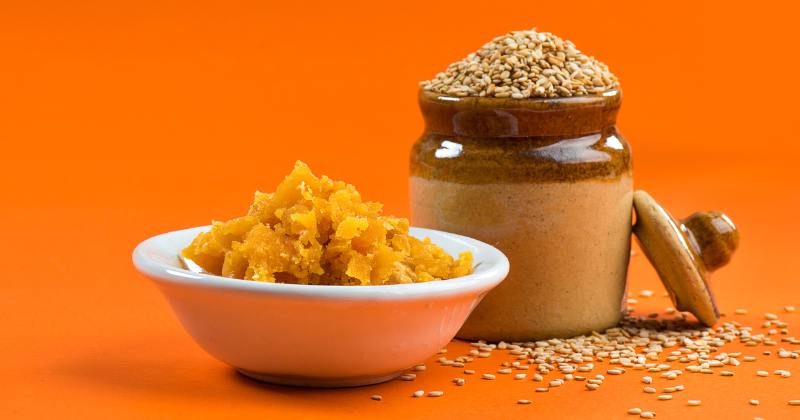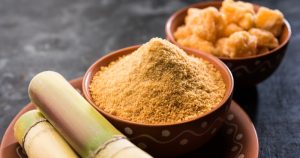

Jaggery, an age-old natural sweetener cherished in Indian kitchens, is breaking culinary boundaries and finding its way onto international plates. As the global appreciation for diverse flavors grows, chefs and food enthusiasts are discovering the unique taste and versatility of jaggery. In this article, we’ll take you on a journey through international cuisine to explore how jaggery adds a flavorful twist to a wide range of dishes.
International cuisine is a fusion of diverse tastes, textures, and ingredients from around the world. Jaggery’s distinct flavor profile, ranging from earthy and caramel-like to subtly smoky, complements and enhances a variety of global dishes.
Jaggery’s natural sweetness and complex taste make it an excellent candidate for adding depth to both sweet and savory dishes. Its versatility lies in its ability to balance flavors, whether it’s in a Thai curry, a Mexican mole sauce, or a Moroccan tagine.
Global dessert trends are embracing the uniqueness of jaggery. Chefs are experimenting with jaggery-infused ice creams, tarts, and cakes, offering a fusion of traditional Indian flavors with contemporary techniques.
While jaggery’s distinctive taste can elevate international dishes, it’s important to strike a balance. Its rich flavor can easily dominate if used excessively, so chefs need to be mindful of its impact on the overall dish.
Also Read:
Jaggery’s journey from Indian kitchens to international cuisine is a testament to its ability to transcend cultural boundaries and enhance flavors. As chefs and home cooks around the world experiment with this natural sweetener, they discover the beauty of blending tradition with innovation. Jaggery’s presence in international dishes not only adds a new layer of taste but also bridges cultures, connecting us through the universal language of food.



